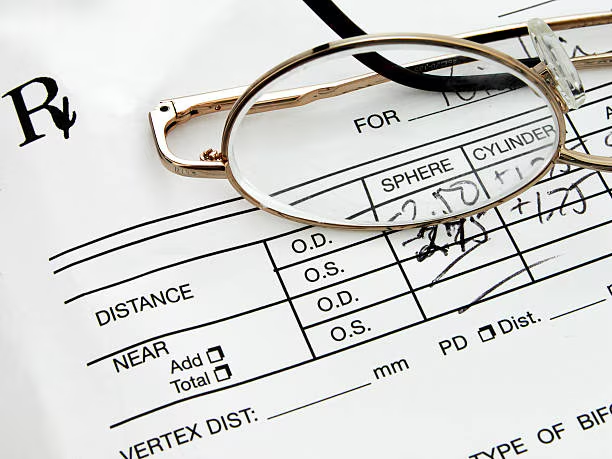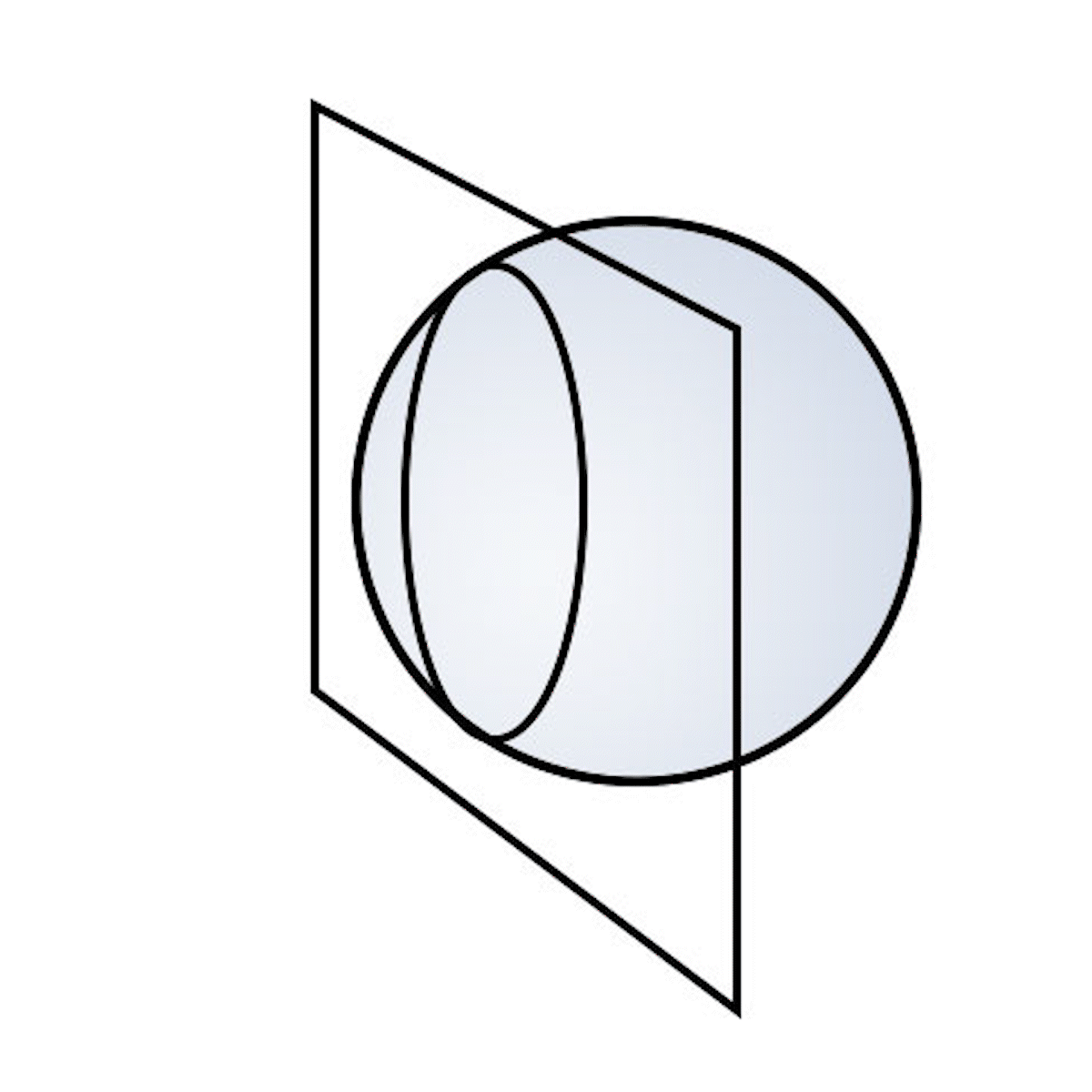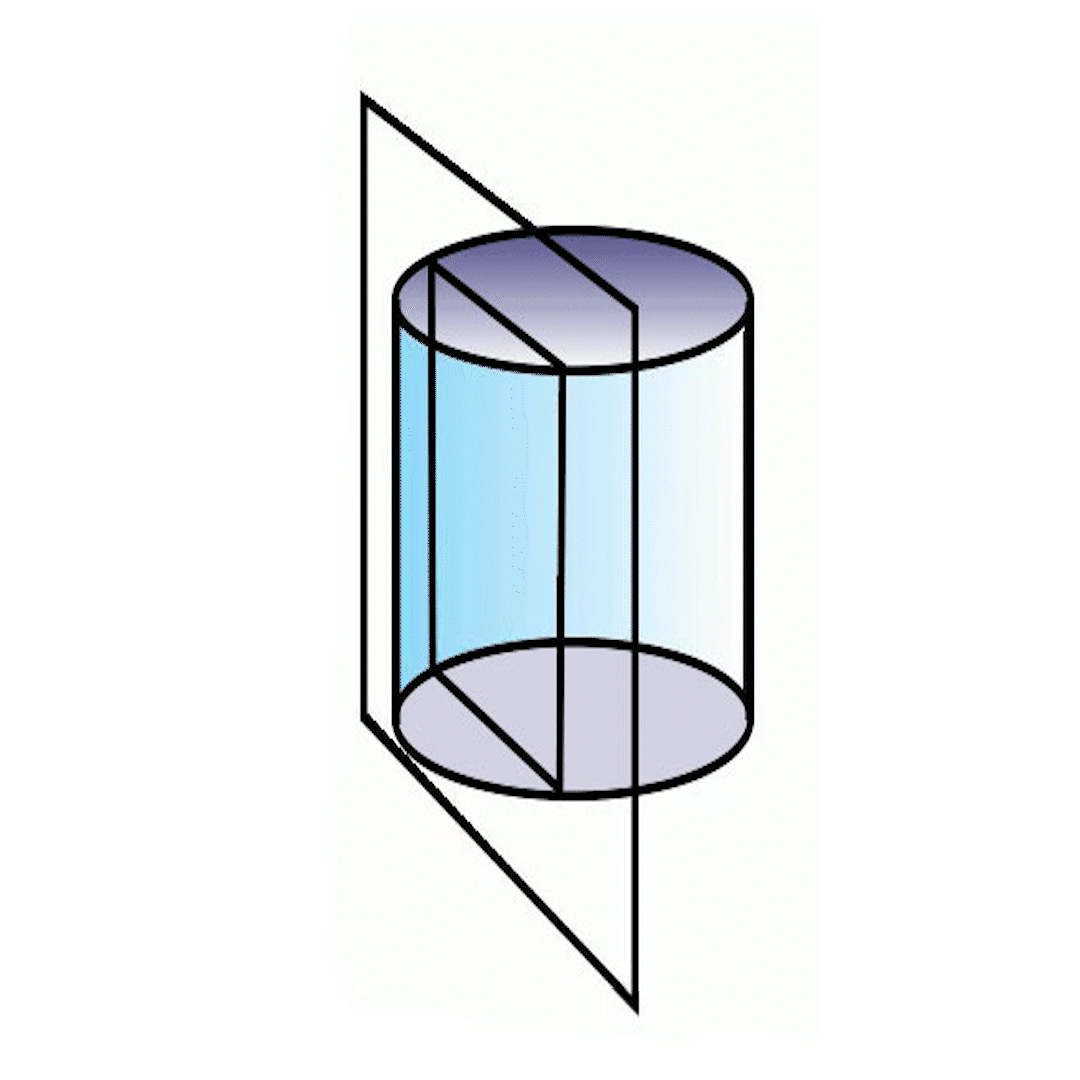
What Is Refraction?
A glasses or contact lens prescription might look something like this:
Sphere | Cylinder | Axis | Prism | Base | Add
Each of these components plays a unique role in correcting how a patient’s eyes see the world. Let’s dig into what they mean — but first, a quick look at how the eye is supposed to work.
How Your Eye Focuses
In a healthy eye:
- The cornea and the lens work together to focus light.
- They bend light rays to create a focused, inverted image on your retina (the light-sensitive back wall of the eye).
If your vision isn't perfect, something in that process is off. That’s where lenses come in. Glasses or contacts act as a third lens to redirect light, helping focus it clearly on the retina.
Breaking Down the Prescription
Sphere (SPH)

Think of a sphere like a perfectly round ball — the same in all directions.
In vision correction:
- A sphere lens corrects nearsightedness (myopia) or farsightedness (hyperopia).
It bends light evenly in all directions, focusing it to a single point.
Cylinder (CYL)

Now imagine a can — curved in one direction, flat in the other.
- A cylinder lens corrects astigmatism, which happens when your eye’s surface isn’t perfectly round.
- Light passing through a cylinder lens is focused to a line, not a point.
Axis
The axis tells us where that cylinder is applied.
- It's an angle (between 1° and 180°) that shows the orientation of astigmatism in your eye.
- It aligns the cylinder power in the right direction to correct the distortion.
Prism & Base
Prism doesn’t focus light — it shifts it.
- Used to treat eye alignment issues like double vision or eye muscle imbalances.
- The base indicates the direction the prism shifts light (e.g., base in, base out, base up, or base down).
Prism is a critical tool in managing neurological conditions, concussions, and chronic headaches — though we won’t nerd out too much on that today.
Add Power
If you're over 40, you’re probably familiar with this one. Welcome to the club!
The add power is for reading or close work:
- Over time, the lens in your eye hardens — that’s called presbyopia.
- You can no longer switch focus from distance to near as easily.
- The add power “boosts” your close-up vision without affecting your distance correction.
Example: If your distance prescription is -2.50 and your add is +2.50, those powers cancel each other out up close — you might just take your glasses off to read.

Computer Vision
Standard distances for a refraction:
- Distance vision: 20 feet (6 meters)
- Reading vision: 16 inches (40 cm)
But let’s be real — your patient’s computer screen is probably somewhere in between. That’s why it’s important to tailor the lenses for intermediate work distances. If the computer is 30 inches away, we can adjust the add power to make that distance clear.
This is one of the biggest complaints we hear from patients in their 40s and up — and it’s fixable with the right refraction.
The Bottom Line
Refraction is more than just finding out if a patient is “20/20.” It’s a detailed blueprint for how to fine-tune vision.
From:
- Spherical correction
- Astigmatism adjustment
- Alignment help with prism
- Reading boost with add power
…a refraction gives the lab the data to build a lens that’s perfect for your patient’s eyes and their lifestyle.
